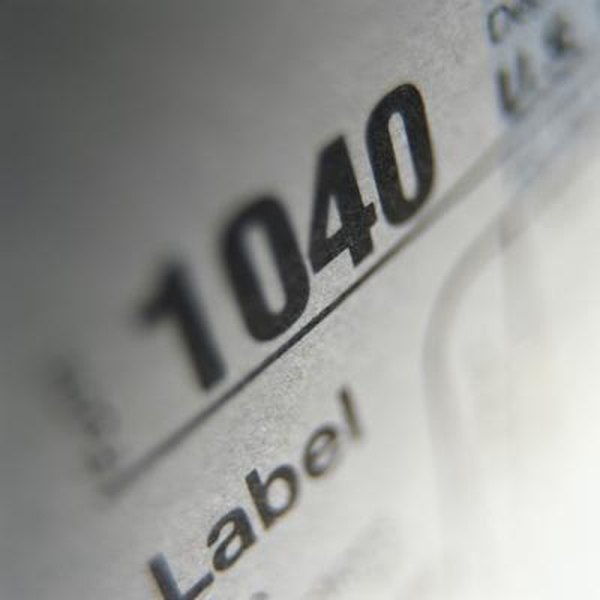How to Figure the Qualified Dividends on a Tax Return
Figuring tax on qualified dividends is not as hard as it looks.
Duncan Smith/Photodisc/Getty Images
Figuring the tax on qualified dividends can throw even the most seasoned tax accountants for a loop. There are definitions to memorize, tax codes to adhere to and numbers to crunch. Even with all that, the process is bearable as long as you understand how to differentiate qualified dividends from other types of distributions. Managing that distinction is the hard part. Figuring the tax is relatively straightforward if you use the worksheet provided by the Internal Revenue Service.
Figuring and Reporting Dividends
Step 1Separate ordinary dividends from qualified dividends so you won't file incorrectly. Remember that dividends are distributions paid to you by a corporation in which you own stock. Assume that any dividend you receive on preferred or common stock is an ordinary dividend unless you are told otherwise by the issuing corporation. Treat ordinary dividends as ordinary income.
Step 2Treat qualified dividends (found in box 1b of your 1099-DIV) as ordinary dividends, which are subject to the zero to 15 percent tax rate that applies to capital gains. Subject qualified dividends to the 15 percent tax rate if the regular tax rate that would normally apply is 25 percent or more. Subject qualified dividends to the zero percent tax rate if the regular tax rate that would apply is lower than 25 percent. Check to ensure that the dividend was paid by a U.S. company or a qualified foreign entity. Check your purchase and sale records to ensure that you met the holding period requirement, which requires that the stock be held 60 days during the 121-day period that begins 60 days before the ex-dividend date. The IRS defines the ex-dividend date as the declaration date on which the buyer of the stock is not required to receive the next dividend payment.
Step 3Use Form 1099-DIV to determine your qualified dividend amount. Locate ordinary dividends in Box 1a, qualified dividends in Box 1b and total capital gain distributions in Box 2a. Report your qualified dividends on line 9b of Form 1040 or 1040A. Use the Qualified Dividends and Capital Gain Tax Worksheet in the instructions for Form 1040 or 1040a to figure your total tax amount. Use the Schedule D worksheet to figure your tax.
Step 4Do not include as qualified dividends any capital gains; payments in lieu of dividends; or dividends paid on deposits with mutual savings banks, cooperative banks, credit unions, U.S. savings and loan associations, federal savings and loan associations or tax exempt organizations.
References
Resources
Writer Bio
Denise Caldwell is a finance writer who has been writing on taxation and finance since 2006. Her articles appear regularly on websites such as Gomestic.com and MoneyNing.com. She has taken what she learned while working at the IRS to provide readers with helpful tax and finance tips. Caldwell received a Bachelor of Arts in political science from Howard University.

